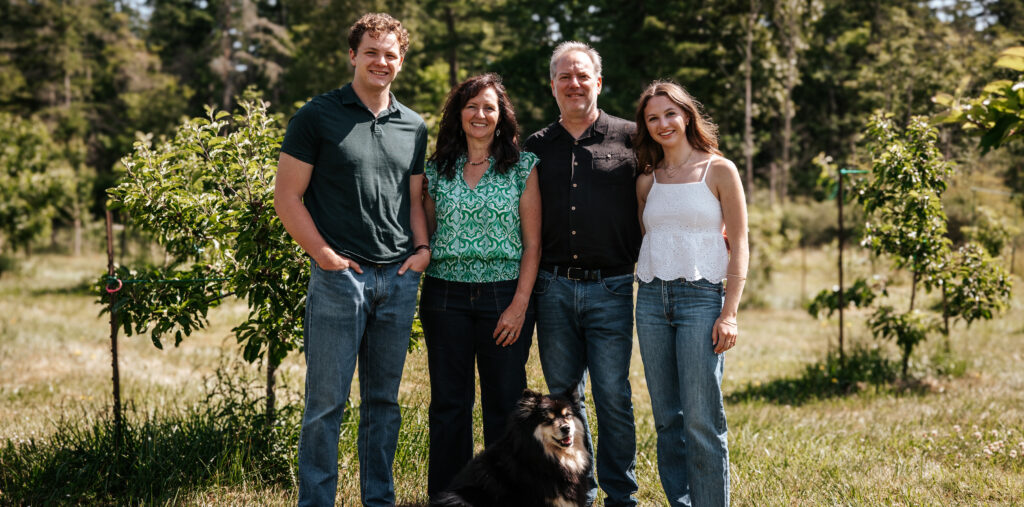by Adam Olsen, MLA, Saanich North and the Islands –
The W̱SÁNEĆ are a wealthy people. The territory, the Saanich Peninsula, Southern Gulf Islands and Salish Sea, have always provided a plentiful bounty.
The passing seasons were meticulously organized into the 13 moons of the W̱SÁNEĆ calendar. Each of the moons offered guidance throughout the year. Each moon’s work a diligent preparation for the moon’s that followed.
In the spring and summer the W̱SÁNEĆ, or Salt Water People, travelled by large canoe throughout the Salish Sea to their summer camps in the Gulf Islands, fishing and developing and extracting the many other important resources of the territory.
As the days grew shorter, through the fall, leading up to the winter, the W̱SÁNEĆ set their paddles down and retired to the longhouses lining the beaches of the sheltered, protected bays and inlets of the Saanich Peninsula.
The resources gathered and stored during the earlier moons generated tremendous wealth and comfort. A complex trade network created a vibrant marketplace for trade. Food was abundant and rich in nutrients and countless other raw materials and medicines were harvested and refined.
Under the relentless and persistent rains of the winter months it was not safe for the W̱SÁNEĆ to venture far by canoe, so they spent their time close to home.
They worked processing raw materials into finished product, mending nets, weaving blankets, making rope and other tools and hunting ducks and geese on the local beaches, marshes and wetlands.
Life was more than work though. In the dark days of winter is when the W̱SÁNEĆ celebrated the richness of life.
Families were together. They enjoyed each other’s company. Children learned from their elders how to craft tools, make blankets and process foods and medicines.
Grand feasts were held and the wealth distributed throughout the family and village. Sacred rituals, ceremonies and initiations were carried out in public and private.
The time of year was marked by singing, dancing and game playing next to the hot fire. All ages were together and stories were shared through skits and short plays.
There are many differences between our modern world and the world of my W̱SÁNEĆ ancestors. As we reflect on the differences, it is impossible to ignore the similarities with cultures the world wide.
The dark and gloomy days of fall and winter are spent celebrating the success and wealth collected in earlier months. Families reconnected and enjoyed each other’s company, teaching and learning, feasting and dancing.
Cultures from around the world pause at year’s end and celebrate the passing months and the months to come. At this time of year we nurture what brings us together, what unites us.
In my village, Tsartlip, we still gather and celebrate. A huge turkey feast is spread out on the tables in the ȽÁU,WELṈEW̱ School gym and the families join together to share stories and renew acquaintances.
Old traditions are maintained and some new ones are acquired. Either through the wonder of modern technology or perhaps a well-connected community member, we have even convinced the jolly elf of the North Pole to take an evening off and join in the celebrations.
Shortly after the buffet line has been exhausted, bellies full with the delicious turkey dinner and the spirits lifted with conversation, if you listen closely you can hear the jingle bells and full-throated Ho, Ho, Ho. It is, and always has been, the best time of the year.




